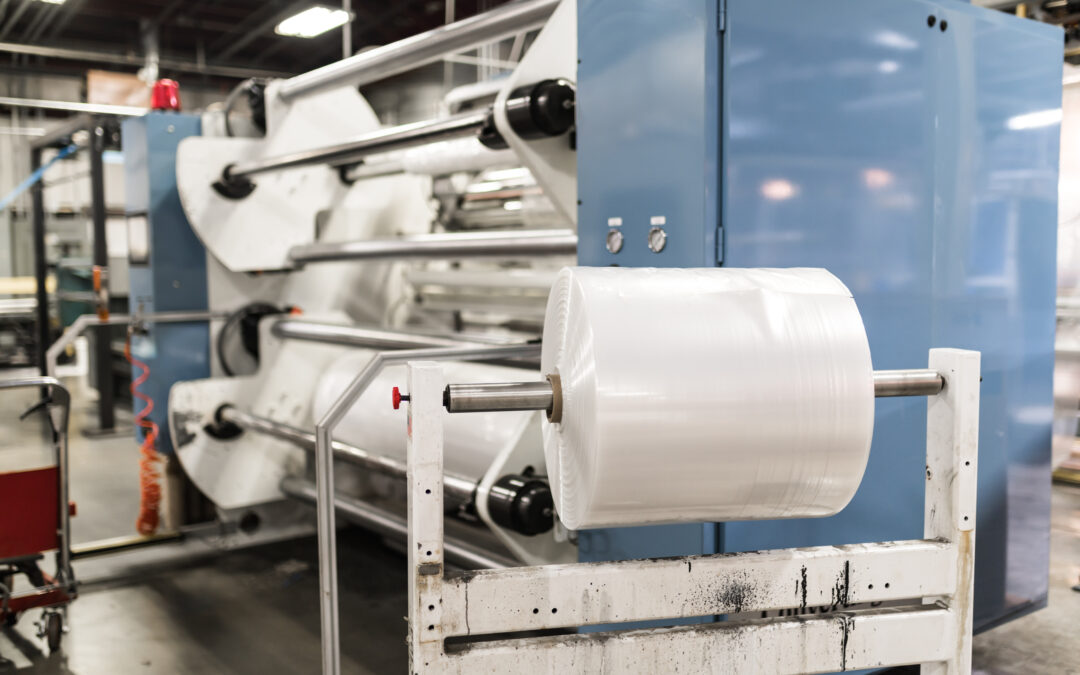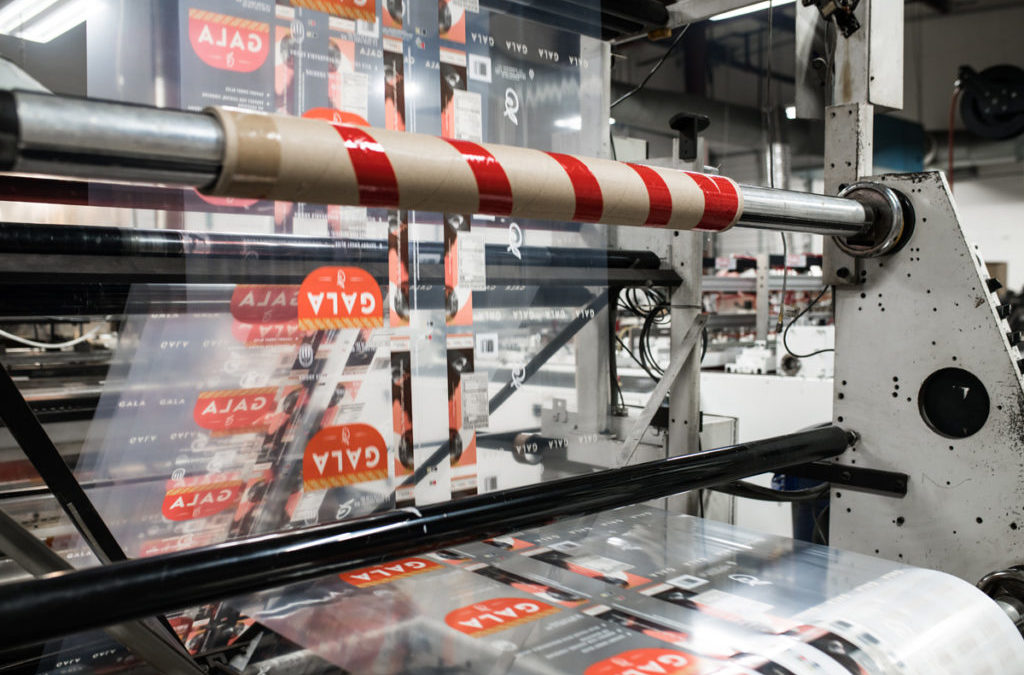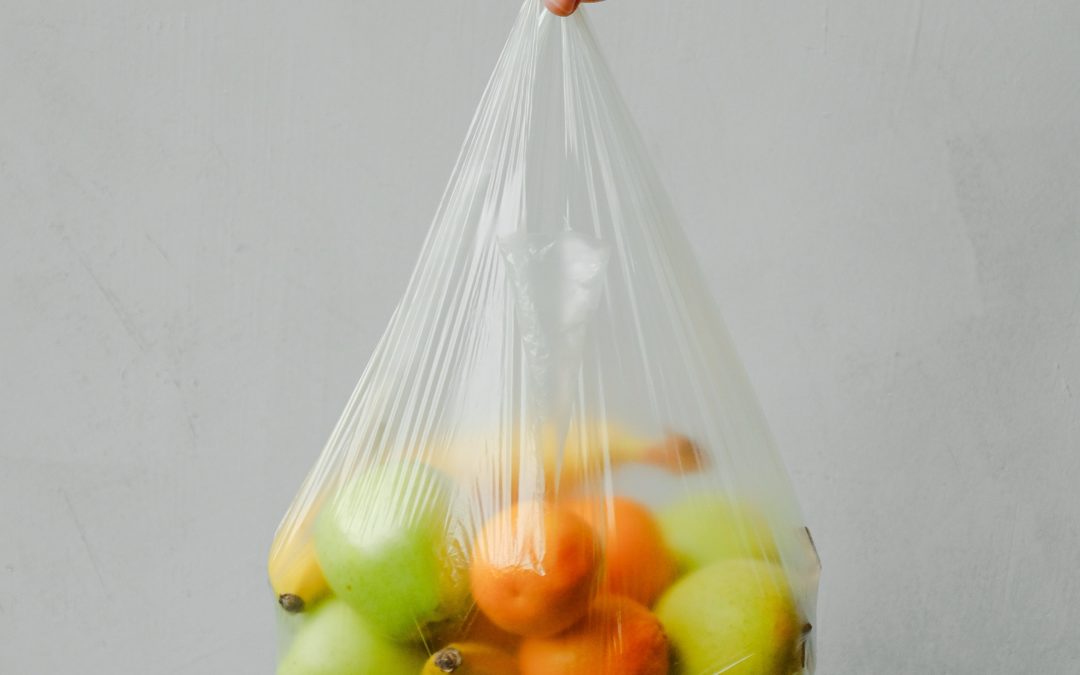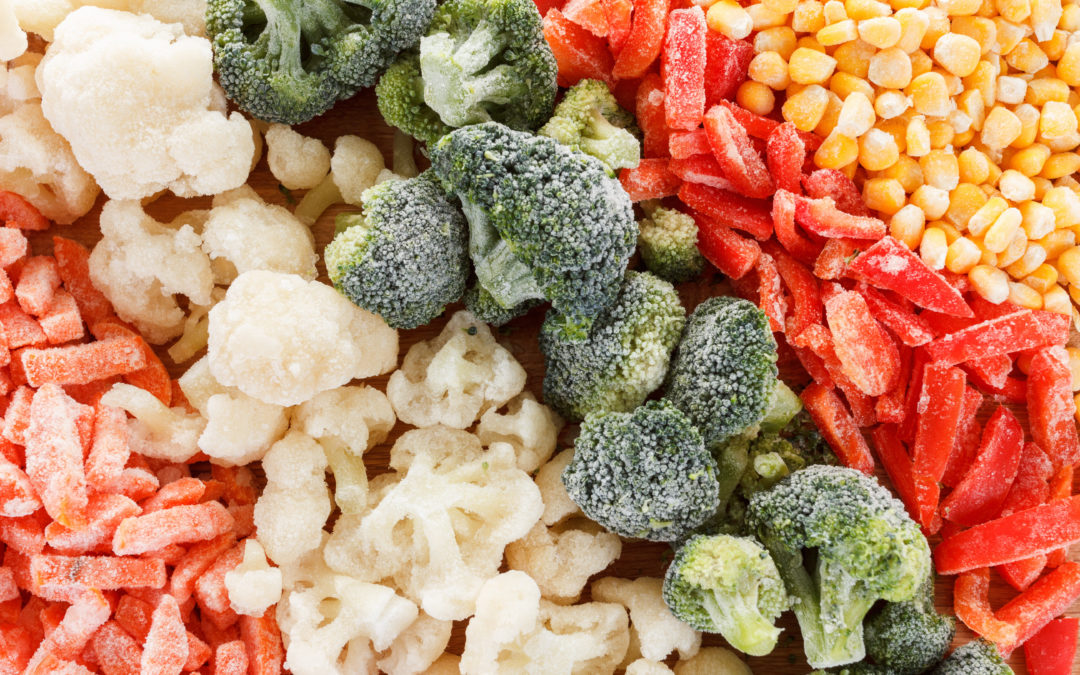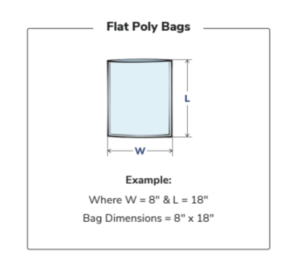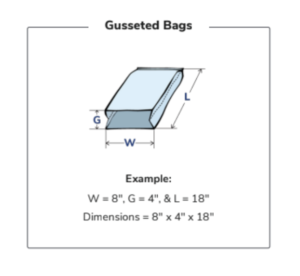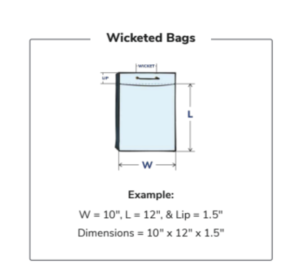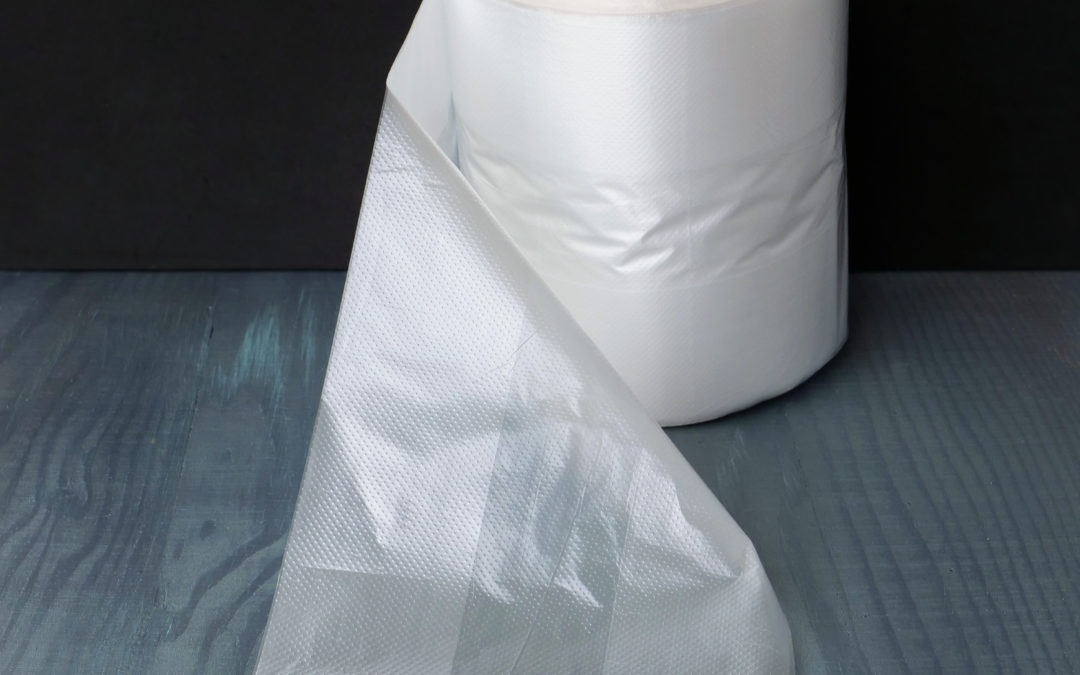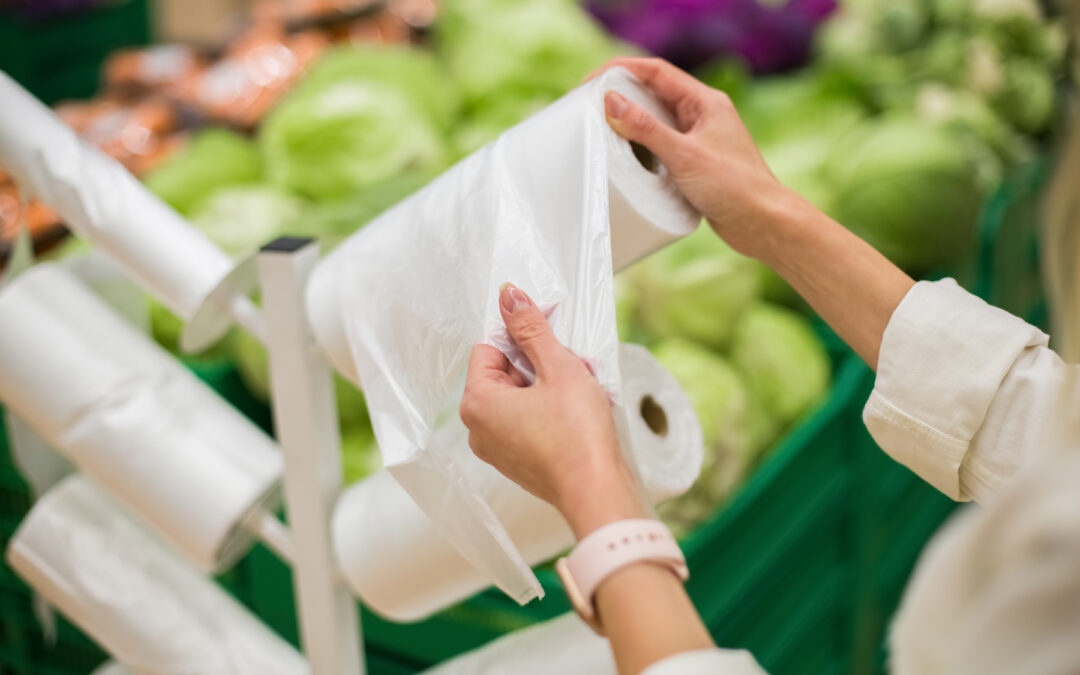
5 of the Best Advantages of Plastic Bags for Packaging Goods
Did you know that there are many advantages of plastic bags for packaging? We’re here to give you the inside scoop!
5 Advantages of Plastic Bags
Discover five of the best advantages of plastic bags and why they might be the right choice for your company.
1. Plastic Bags Are Thin and Lightweight
One of the main advantages of plastic bag packaging is that the material is quite thin, which means they take up minimal storage space. Since they are so thin and extremely lightweight, plastic bags are easy to transport, resulting in a smaller carbon footprint during transportation.
2. Plastic Bags Are Flexible and Adaptable
Since plastic bags are flexible in nature, they are a very adaptable form of packaging. This allows manufacturers to easily customize the size, shape, and style to fit each customer’s specific needs.
Here at A-Pac Manufacturing, we’re proud to produce top-notch custom-made plastic bags. We have no minimum order quantity and offer a quick turnaround time.
3. Plastic Bag Packaging is Strong and Durable
Plastic bag packaging is strong and resistant to external influences, so you can be sure that your product is protected at all times. When you use plastic packaging, you’ll avoid losses due to faulty packaging and always ensure your brand remains consistent and offers successful delivery. Plus, you’ll save money when you’re not having to replace damaged goods!
When we make our bags here at A-Pac Manufacturing, you can specify the strength you desire for your bags. If your product is sharp or bulky, you might want to opt for a thicker bag for additional protection.
4. Plastic Bags Are a Cost-Effective Solution
When it comes to cost-effective packaging options, plastic bags are one of the best options on the market. Compared to paper bags, plastic bags will win every time when it comes to price comparison. For example, a standard plastic grocery bag costs about a penny to produce and paper bags cost 4 cents to 5 cents to produce.
5. Plastic Bags Are More Environmentally Friendly Than You Might Think
When people think of plastic, their mind often immediately thinks of waste or trash. However, plastic packaging bags can be more environmentally friendly than you might think.
While the vast majority of community recycling centers do not accept plastic bags in curbside recycling bins, a great alternative to this is recycling programs facilitated by local grocery stores. Recycle bins are offered near entrances so customers can recycle plastic grocery bags, bubble wrap, and more.
Another way that plastic bags are more sustainable is, that they require less energy to produce compared to other materials, such as paper. According to a study conducted by United States EPA, “Plastic bags use 40% less energy to produce and generate 80% less solid waste than paper. Also, a pound of plastic takes 91% less energy to recycle as compared to a pound of paper.”
If you’re interested in more eco-friendly packaging initiatives, reach out to A-Pac Manufacturing to learn more or request a quote for our 20% plant-based material packaging.
Get the High-Quality Plastic Bags You Need
If plastic bags are the right solution for your packaging needs, it’s time you get in touch with A-Pac Manufacturing. We offer bags in a wide range of standard and custom sizes. We also provide some of the shortest lead times in the industry, at no minimum order quantity. Give us a call for more information today!


